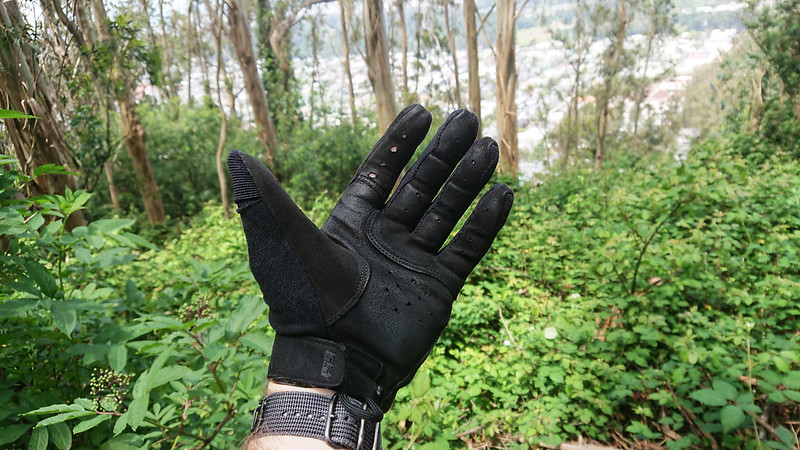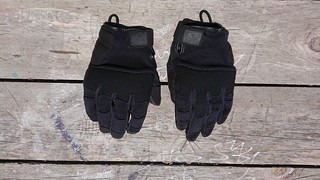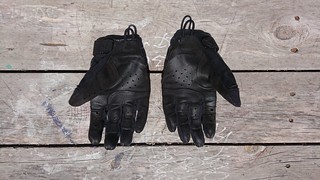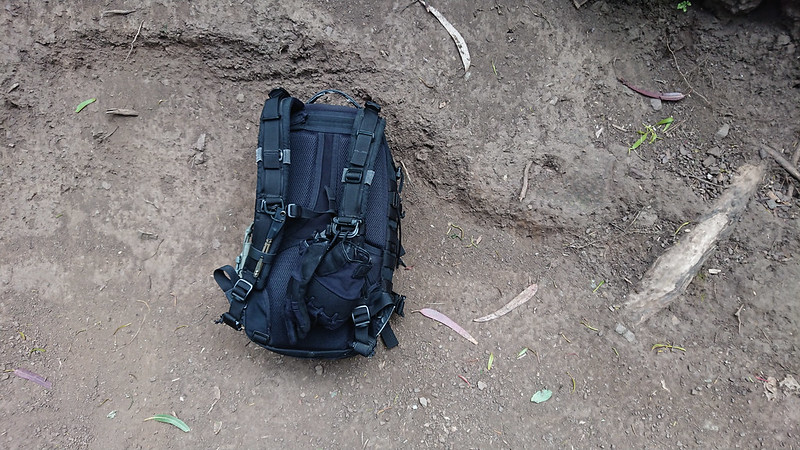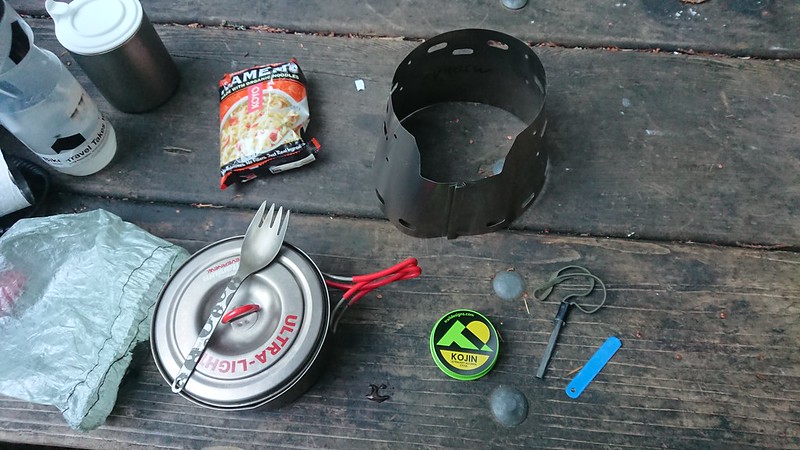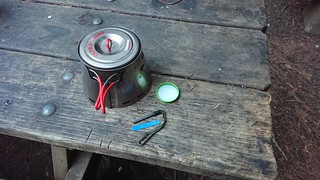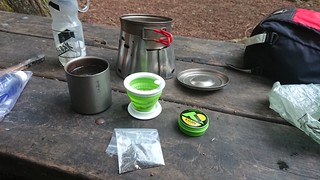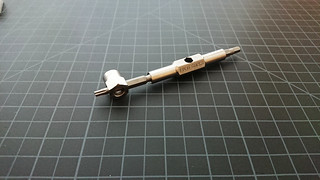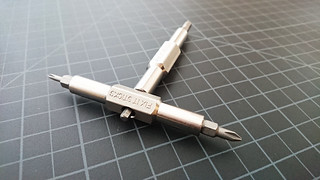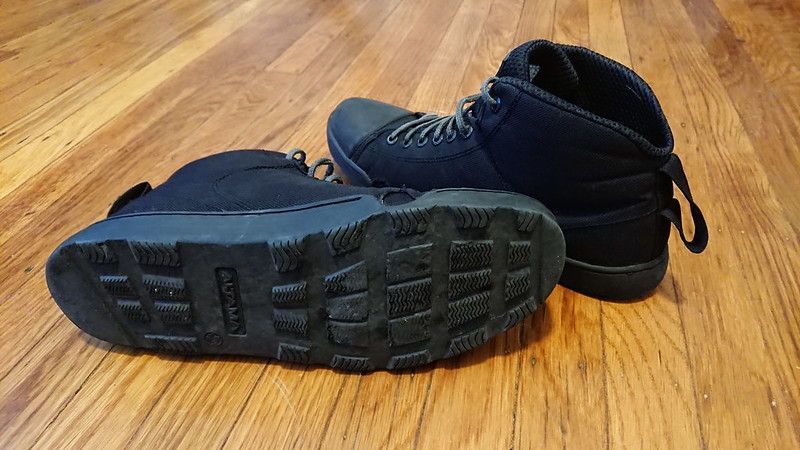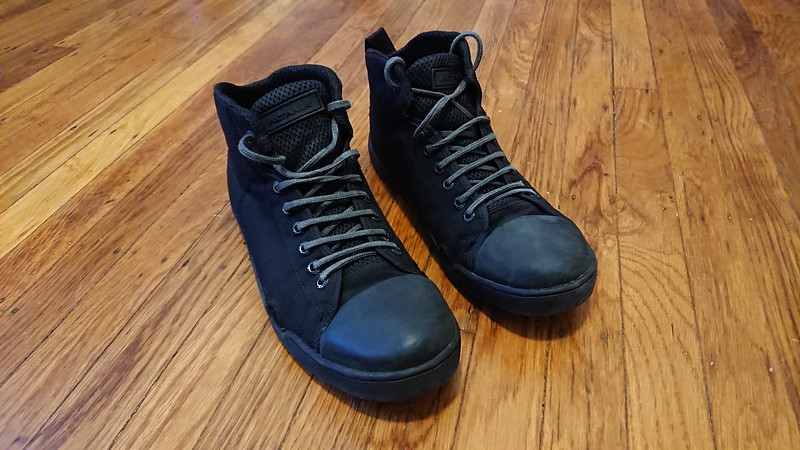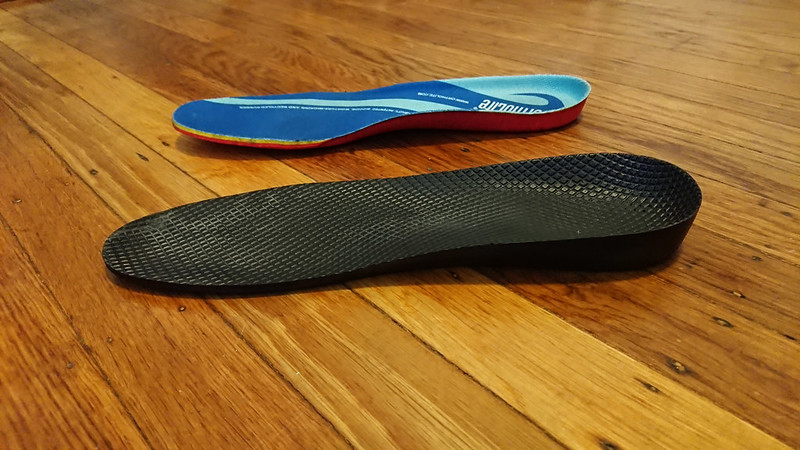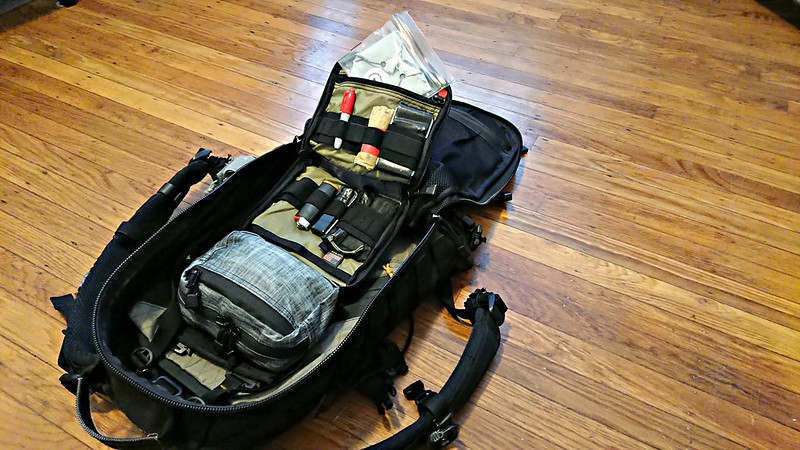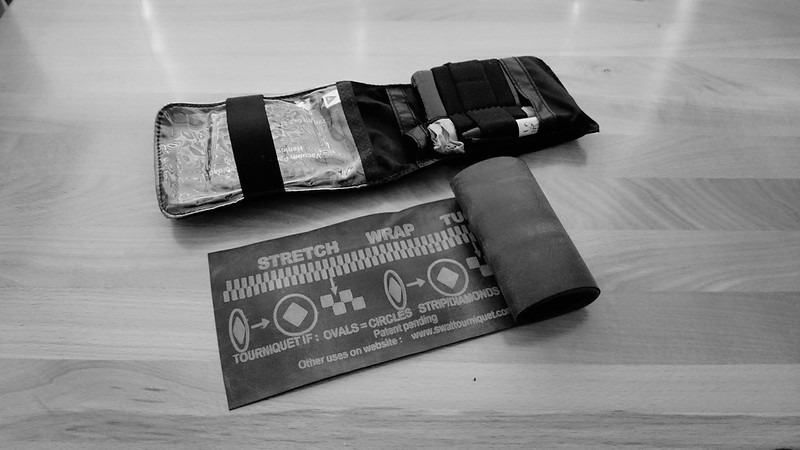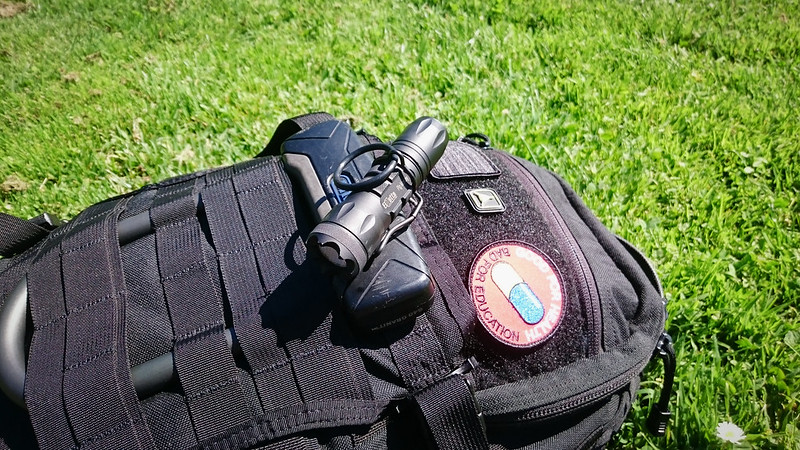SKD PIG Alpha Gloves
I’m on my third pair of SKD PIG Alpha Gloves. My previous two pairs have lasted around 15 months. This current pair is on track for the same.
The gloves are lightweight, synthetic, and highly dexterous. While wearing them I am able to tie my shoes, pick up a penny, and load a .22 caliber magazine – all reliable tests for the dexterity of any glove. I wear the PIG Alpha Gloves every day on the bike, and am happy with the 15 month lifespan given both the intent of the glove and their cost.
They are a mechanics gloves, and should be compared to things like the Mechanix Original Covert. The Mechanix were my every day glove prior to purchasing my first pair of PIG Alpha Gloves in 2014. I find that the dexterity is the same in both, but the PIG Alpha Gloves are more comfortable and a bit more durable.
The greatest selling point of the PIG Alpha Gloves over most Mechanix models is the touch-screen compatible fingers. In earlier generations, SKD accomplished this by sewing silver thread into the index finger. This worked when the gloves were new, but quickly failed as the thread became dirty and began to fall out. SKD fixed this a couple years ago by replacing the silver thread with a conductive synthetic suede on the index finger and thumb. I’ve found that this works great, and continues to do so until the whole glove fails.
When the glove does begin to fail, it does so in the fingers. The fingers and palm are covered in ventilation holes, which slowly grow as the glove is abused. After this I find the stitching in the fingers will start to blow out. At that point I move on to the next pair.
The lightweight, synthetic materials of the PIG Alpha Gloves stay acceptably cool in hot weather. They’re not as cool as wearing no glove, and my hands will sweat wearing them, but I’ve never found them so uncomfortable that I want to take them off. The gloves provide no protection from the rain, but they dry within a few hours of being soaked.
Paracord loops on each cuff allow the gloves to be easily secured when not in use. I cut the D-ring off of the left shoulder strap of my Litespeed and replace it with an ITW Grimloc. This is where the gloves live when I’m off the bike.
The gloves do run a little small. I wear a size medium in just about every glove out there. In the PIG Alpha Gloves, size large fits me perfectly.
I purchased a pair of Magpul Core Technical Gloves back in 2015 when Magpul got into the glove game. These are meant to be in the same category of lightweight, dexterous, mechanics glove as the PIG Alpha Gloves and Mechanix, but I found them to be inferior to both offerings. The lack of adjustability in the wrist makes them annoying to put on and take off. The thicker material cuts down on dexterity (while probably improving durability) and makes them too warm to wear in hot weather. The touch screen finger tips are unreliable when the glove is dirty.
Dexterity and durability are inversely related in a glove, but the SKD PIG Alpha Gloves find a happy medium for my use. For poor weather conditions or mountain excursions, I still like gloves like the Kuiu Guide Gloves, but the mechanics glove is a better style for every day use. Right now I think the PIG Alpha Gloves are the best glove of this type on the market. I’ll continue to wear them every day and replace them every 15 months.
